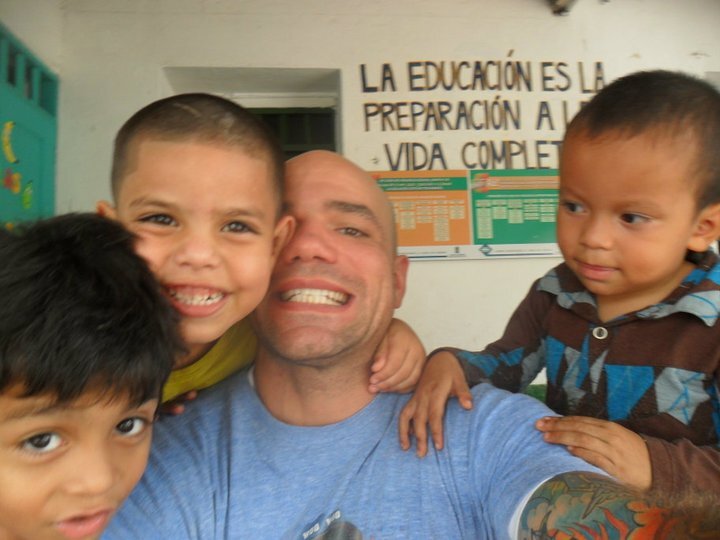
in Columbia
Caseworker Damon Weigl brought something new to the Ranch to help youth that has its roots in Indigenous history – a sharing circle.
As part of his master’s degree project, Damon convened a diverse group, including elders, knowledge keepers, elder helpers, and Métis leaders who represented all of the linguistic groups within the Treaty 4 Territory - Cree, Saulteaux, Dakota, Lakota, Nakota, Michif, to contribute to the development of an Indigenous-based assessment tool.
Sharing circles have long been a staple of Indigenous cultures, providing a space for individuals to come together, share their experiences, and connect.
Damon began his project with a literature review that focused on why we need this form of assessment in clinical services and why we should respect what's called practice-based evidence.
“We talk about being an evidence-based practice agency. Well, practice-based evidence is something that social workers are acknowledging now. That essentially means if something has been practised, and practised for millennial for mental health, and it works, we should be looking at these tools. It's acknowledging traditional ways of healing,” Damon stated.
Damon knew he wanted elder experience and knowledge for his project, so he turned to Jamie Lerat, Ranch Ehrlo’s Indigenous advisor for help.
He said, “I reached out to Jamie, and Jamie did what Jamie does and brought everyone together. I think the role of the Indigenous advisor is crucial at our agency. I don't think we could have found a better one than Jamie with her professional experiences, her contacts, and her respect on both sides of reconciliation.”

On May 24th the sharing circle met for the first time and included 14 Indigenous leaders active in their communities as well as clinical directors Sophie Grahame and Janet Miller, and David River, vice-president of clinical and family services, as well as Damon and Jamie. Following the circle, Damon and Jamie met with each leader in their home community.
“Through our first meeting and the individual meetings, we came out with some things that are essential for childhood development from an Indigenous perspective. And the one echoing sentiment was values and morals, which are called the Seven Sacred Laws or Seven Sacred Campfires or Seven Sacred Teachings, depending on the community,” Damon explained.
He added that the common theme was that it was important to instill these values in youth as a protective factor for the unknown.
The Ranch does promote the Seven Sacred Teachings to some extent. They are a theme of our reconciliation path, TRC education newsletters, group home teachings, and they are featured prominently in the Awards Night events, but Damon stated following presentations to the clinical directors in the agency, there is a lot more excitement to expand its teachings across the agency.
In October the sharing circle was brought back together to see the Indigenous assessment tool Damon had created with their input. A youth who helped him with the tool also attended the circle to share her experiences and what is important for her development as an Indigenous child at Ranch Ehrlo.
“I think this tool and sharing circles are extremely important for the agency. It is culturally relevant and in line with our commitment to Truth and Reconciliation. I think that opening the door, having those voices of stakeholders being heard is really important for the agency,” Damon concluded.
The knowledge from the sharing circles and Damon’s assessment tool continues to be disseminated across the agency. There are plans for a third sharing circle this spring and annually going forward to not only share insights about the Indigenous assessment tool but also ongoing child development at the Ranch.
“The work and knowledge that we have gained from the elder circles allows us to integrate both world views and practice the Two-Eyed Seeing method,” explained Janet Miller, clinical director. “Two-Eyed Seeing is a concept derived from Mi’Kmaw Elder Albert Marshall that encompasses where from one eye you see the strengths of the Indigenous ways of knowing and with the other eye you see the strengths of western ways of knowing/practising and using both eyes together when staff are working with our participants.”


